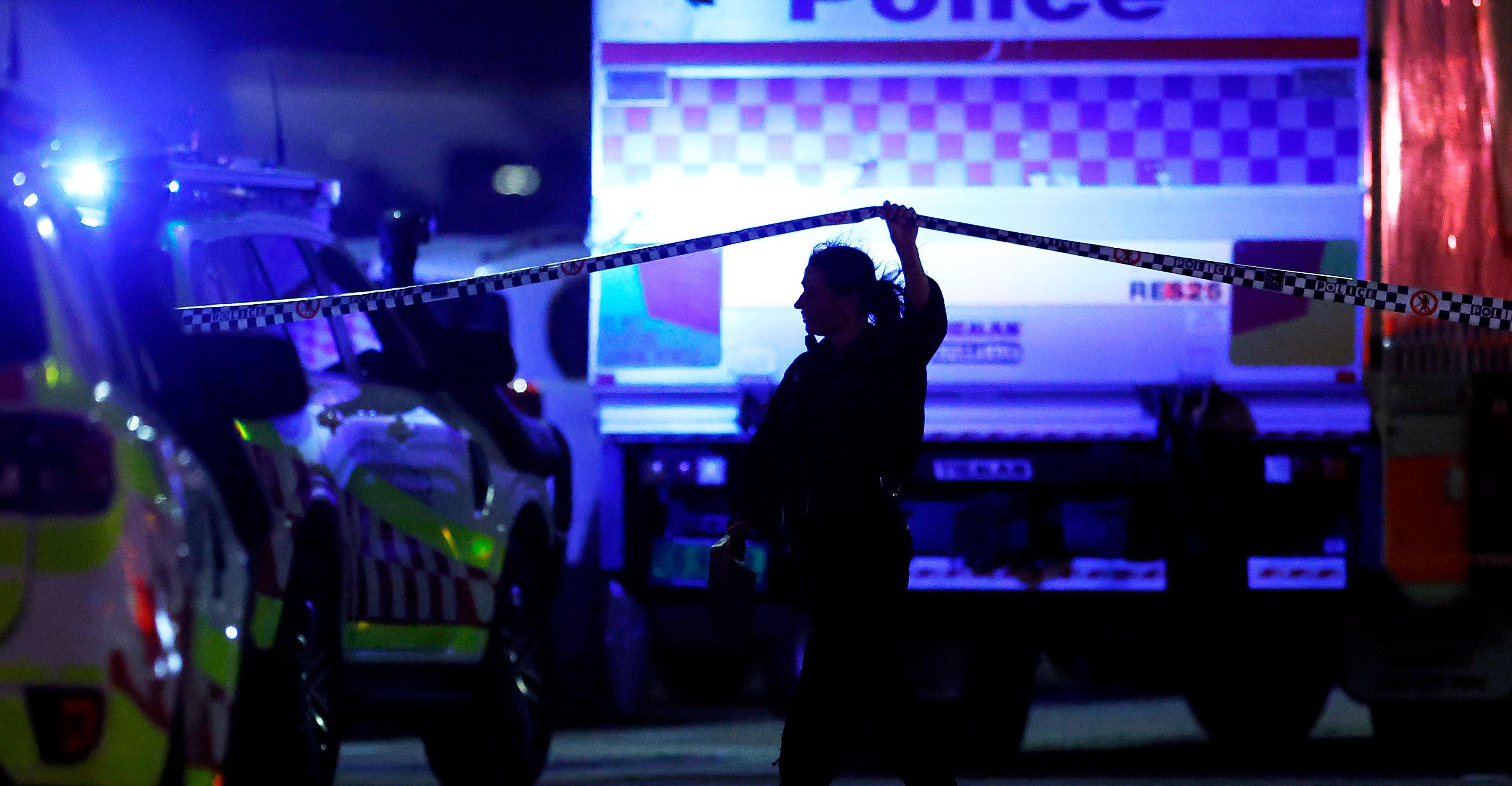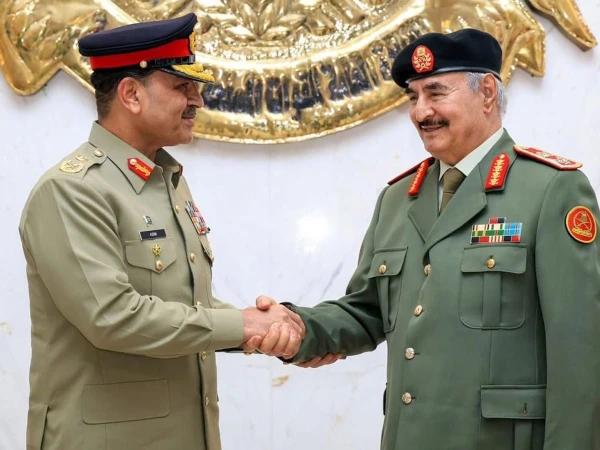Post-traumatic stress disorder can happen to a person after experiencing a traumatic event that has caused them to feel fearful, shocked, or helpless. It can have long-term effects, including flashbacks, difficulty sleeping, and anxiety.

Examples of events that can trigger post-traumatic stress disorder (PTSD) include wars, crimes, fires, accidents, death of a loved one, or abuse of some form. Thoughts and memories recur even though the danger has passed.
It is thought to affect between 7 and 8 percent of the population, and women are more likely to be affected than men.
Instead of feeling better as time goes on, the individual may become more anxious and fearful. PTSD can disrupt a person’s life for years, but treatment can help them recover.
Symptoms and diagnosis
Symptoms usually start within 3 months of an event, but they can begin later.
For a person to receive a diagnosis of PTSD, they must meet criteria that are set out by the American Psychological Association’s (APA) Diagnostic and Statistical Manual Fifth Edition (DSM-5).
According to these guidelines, the person must have been exposed to death or threatened death, serious injury or sexual violence whether directly, through witnessing it, by it happening to a loved one, or during professional duties
Physical symptoms
There may also be physical symptoms, like sweating, shaking, headaches, dizziness, stomach problems, aches and pains, and chest pain.
There may be long-term behavioral changes that contribute to problems and work and a breakdown in relationships. The person may start to consume more alcohol than previously, or to misuse drugs or medications.
Some physical and genetic factors may play a role. These may impact the chance of having anxiety, depression, and PTSD.
Many people experience symptoms after a traumatic event, such as crying, anxiety, and difficulty concentrating, but this is not necessarily PTSD.
Treatment
Prompt treatment with a qualified professional can help prevent the symptoms from getting worse.
Exposure therapy
Talking repeatedly about the event or confronting the cause of the fear in a safe and controlled environment may help the person feel they have more control over their thoughts and feelings. The effectiveness of this treatment has been questioned, however, and it must be carried out with care, or there may be a risk of worsening of the symptoms.
Cognitive processing therapy (CPT)
Also known as cognitive restructuring, the individual learns how to think about things in a new way. Mental imagery of the traumatic event may help them work through the trauma, to gain control of the fear and distress.
Medications
Some medications can be used to treat the symptoms of PTSD.
Selective serotonin reuptake inhibitors (SSRIs), such as paroxetine, are commonly used. SSRIs also help treat depression, anxiety and sleep problems, symptoms that are often linked to PTSD. There have been some reports that antidepressant medications can cause an increased risk of suicide in individuals under the age of 24.
Sometimes, benzodiazepines may be used to treat irritability, insomnia, and anxiety. However, the National Center for PTSD do not recommend these, because they do not treat the core symptoms and they can lead to dependency.
The article has been taken from Medical News Today.
Morocco beat Jordan 3-2 after extra time to clinch Arab Cup
- 10 گھنٹے قبل
Water aggression against Pakistan: India curtails Jhelum flows after Chenab
- 4 گھنٹے قبل
Gunman in Brown University shooting found dead, linked to MIT killing
- 9 گھنٹے قبل
PM Shehbaz performs groundbreaking of Centre of Excellence for Autism
- 10 گھنٹے قبل
Harrison Ford to get lifetime acting award
- 4 گھنٹے قبل

Gold prices plunge in Pakistan, global markets
- 10 گھنٹے قبل
ATC acquits SM Qureshi, awards 10-year sentences each to Dr Yasmeen, Ejaz Chaudhry in May 9 case
- 9 گھنٹے قبل
UN experts raise objections on India's unilateral actions of May 7 inside Pakistan
- 10 گھنٹے قبل
Soccer legend Ronald debuts in Hollywood, to play key role in upcoming movie
- 9 گھنٹے قبل
PMD to install Advanced Automatic Weather Stations
- 8 گھنٹے قبل
More than 42mn children administered polio vaccination during final polio drive in Pakistan
- 8 گھنٹے قبل

The mass shooting on Australia’s Bondi Beach, briefly explained
- 18 گھنٹے قبل









